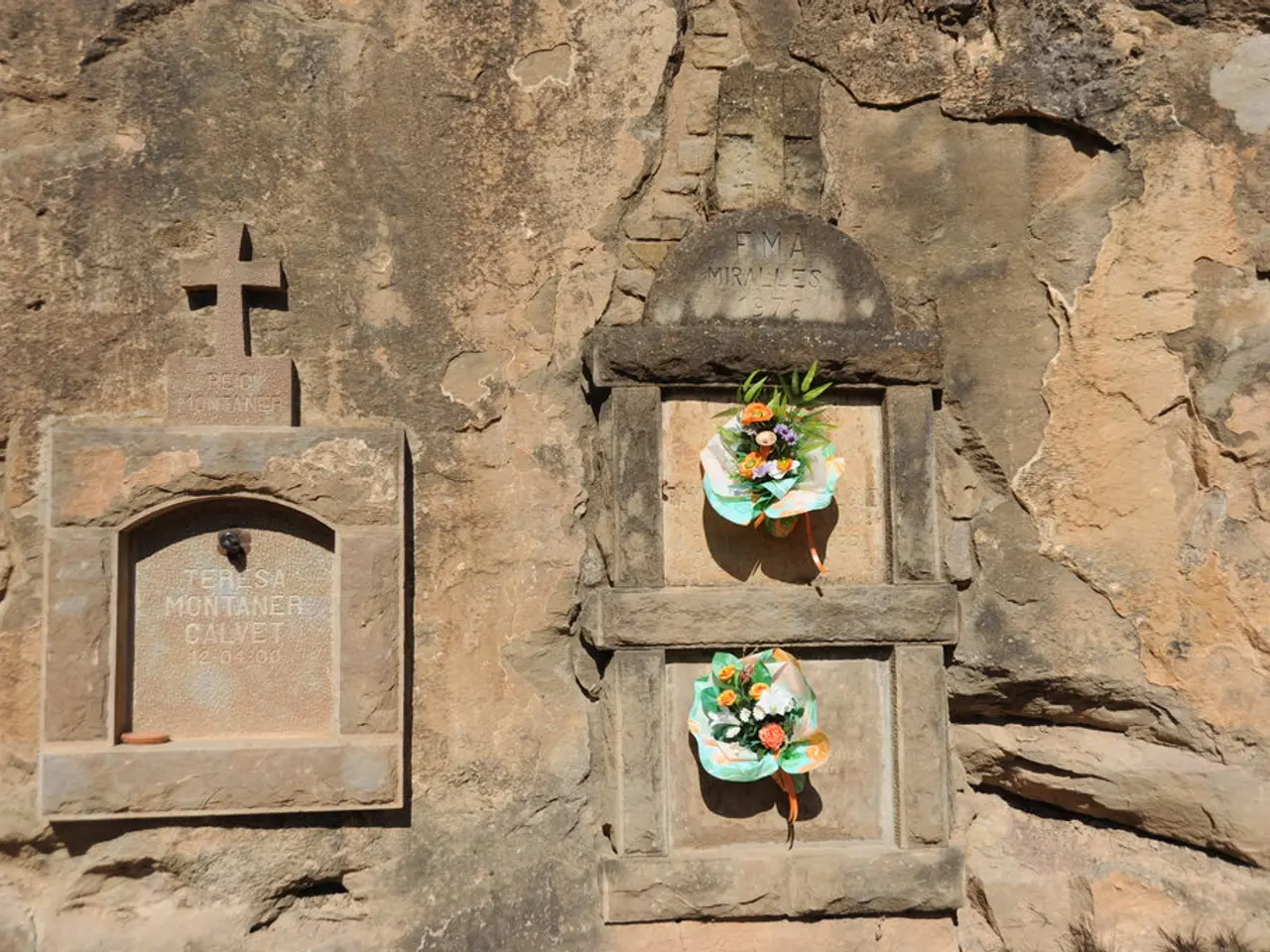Unveiling the History of the Eleanor Crosses
Memorial crosses erected by ELEANOR, spanning from LINCOLN to LONDON, symbolize an enduring testament to her love
The Eleanor Crosses, a collection of twelve stone monuments, were erected across England in the 13th century, commemorating Queen Eleanor of Castile, the beloved wife of King Edward I. These architectural wonders were built to honour Eleanor, who played a significant role in maintaining peace between England and Castile and was deeply loved by her husband.
The Inspiration Behind the Eleanor Crosses
Eleanor of Castile was known for her strong influence on her husband and her role in fostering peace between the two nations. Her marriage to Edward I was unusually long-lasting and marked by true love, a rarity in the medieval world. Upon her death in 1290, Edward was deeply grieved and decided to honour her memory by commissioning the construction of these monumental crosses.
The Design and Construction of the Eleanor Crosses
The crosses were designed to be impressive and ornate, reflecting both the wealth and the grief of the king. They were typically tall and lavishly decorated, symbolising the deep love and respect that Edward had for Eleanor. The crosses were strategically positioned along the route of her funeral procession, marking the places where her body rested overnight as it was transported from Lincoln to London for burial in Westminster Abbey.
The Significance of the Eleanor Crosses
The Eleanor Crosses are significant for several reasons:
- Symbol of Love and Grief: They represent one of the most enduring stories of love in medieval history, showcasing the deep affection between a king and his queen.
- Architectural Innovation: The crosses were revolutionary in scale and design for their time, reflecting the architectural and artistic advancements of the period.
- Historical Landmarks: They serve as important historical landmarks, marking significant locations in England and providing a tangible connection to the country's rich past.
The Legacy of the Eleanor Crosses
Today, only three of the original twelve crosses remain intact: those at Hardingstone, Geddington, and Waltham Cross. The others have been destroyed or damaged over time. However, the legacy of the Eleanor Crosses continues, with modern replicas and historical references keeping their memory alive. For example, a replica of an Eleanor Cross stands at Charing Cross in London, commemorating the original that gave its name to the area.
The story of the Eleanor Crosses not only highlights the enduring love between Edward and Eleanor but also serves as a testament to the architectural and cultural achievements of medieval England.
- The Eleanor Cross in Stony Stratford is depicted in the mural, along with birds from the River Great Ouse: the kingfisher and the heron.
- The 'Eleanor Crosses' are imposing, beautifully crafted stone monuments, each containing statues of Eleanor and bearing her coat of arms.
- Eleanor of Castile, the consort of Edward I, was commemorated in epic fashion after her death in 1290.
- Edward I, after Eleanor's death, set out to commemorate his queen by erecting 12 glorious stone monuments, known as 'The Eleanor Crosses'.
- The last Eleanor Cross was placed in the London hamlet of Charing, which gives us Charing Cross.
- The Queen Eleanor Interchange, an enormous roundabout, is located in Northampton.
In recent years, interest in the Eleanor Crosses has been revived, with events such as the annual Queen Eleanor Cycle Ride from Harby, Nottinghamshire, to London taking place. This ride, organised by the Friends of the Connection at St Martin's to end homelessness in London, serves as a modern tribute to the legacy of Eleanor and her enduring influence.
Alice Loxton's upcoming book, 'Eleanor: On the Trail of England's Lost Queen', promises to delve deeper into the life and legacy of Eleanor of Castile, providing readers with a fascinating insight into one of the most influential figures in medieval England.
In the spirit of modern tributes to historical figures, one could adopt an active lifestyle akin to the annual Queen Eleanor Cycle Ride, taking time to appreciate the beauty of home-and-garden landscapes during travel experiences, just as Eleanor might have appreciated the River Great Ouse and its wildlife while at Stony Stratford.
With the promise of Alice Loxton's upcoming book, 'Eleanor: On the Trail of England's Lost Queen,' we can envision ourselves embarking on a travel itinerary, unraveling the intricacies of home-and-garden design during the time of Eleanor, while unearthing the grandeur and elegance of the Eleanor Crosses, chronicling both their historical significance and the efficient lifestyle choices of the medieval world.




